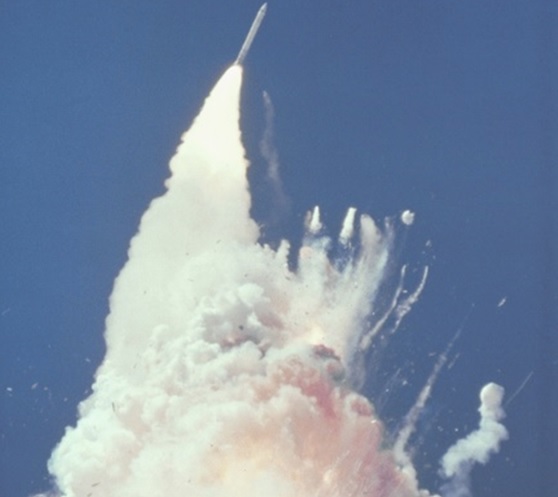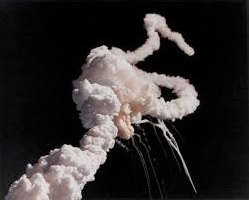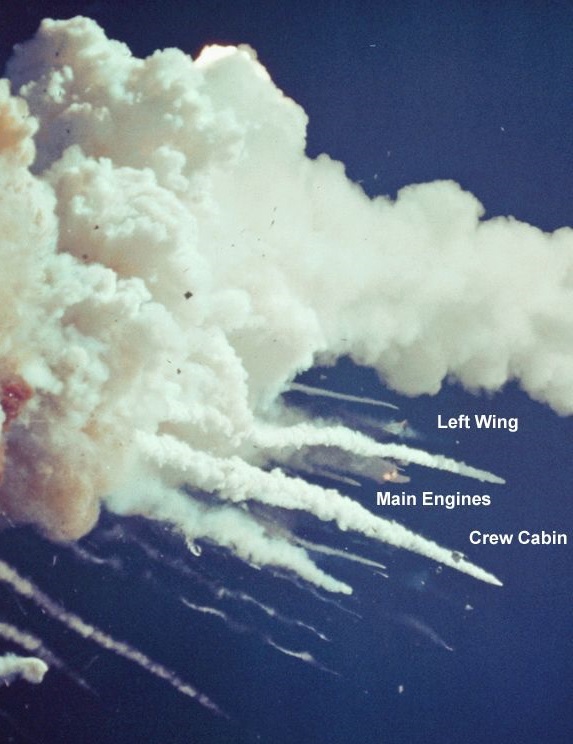
- Engineering Ethics Tutorial
- Engineering Ethics - Home
- Engineering Ethics - Introduction
- Engineering Ethics - Moral Issues
- Moral Dilemmas
- Moral Autonomy
- Kohlberg’s Theory
- Heinz’s Dilemma
- Engineering Ethics - Gilligan’s Theory
- Professions and Professionalism
- Engineering Ethics - Ethical Theories
- Social Experimentation
- Balanced Outlook on Law
- Responsibility for Safety
- Chernobyl’s Case Study
- Bhopal’s Gas Tragedy
- Responsibilities of Engineers
- Engineering Ethics - Confidentiality
- Rights of Engineers
- Engineering Ethics - Global Issues
- Moral Leadership
- Engineering Ethics Useful Resources
- Engineering Ethics - Quick Guide
- Engineering Ethics - Resources
- Engineering Ethics - Discussion
Balanced Outlook on Law
The necessity of laws and regulations and the limitations they have in engineering practice can be understood with an overview of the laws in the Engineering profession. To live in harmony in the society, one should learn to maintain a balance between individual needs and collective needs of the society.
The ethical conduct which can maintain such balance, can be applied with the help of laws. Laws are important as the people are not completely responsible and because of the competitive nature of the free enterprise system which does not encourage moral initiative.
Let us look at a few examples from the past that represent the importance of law.
Babylon’s Building Code (1758 BC)
This code was set by Hammurabi, king of Babylon. It aimed at the builders of his time wherein, they were forced to follow the code by law. He ordered them,
“If a builder has built a house for a man and has not made his work sound, and the house which he has built was fallen down and so caused the death of the householder, that builder shall be put to death. If it causes the death of the house holder’s son, they shall put that builder’s son to death. If it causes the death of the house holder’s slave, he shall give slave to the householder.
If it destroys property, he shall replace anything it has destroyed; and because he has not made the house sound which he has built and it has fallen down, he shall rebuild the house which has fallen down from his own property. If a builder has built a house for a man and does not make his work perfect and the wall bulges, that builder shall put that wall into sound condition at his own cost”.
The above portion of Babylon’s building code was respected duly. But the aspects find only little approval today. This code gives a powerful incentive for self-regulation.
The United States Steamboat Code (1852 AD)
The steam engines used for travel during those days were really heavy and bulky. James Watt who invented steam engine worked with two more scientists Oliver Evans and Richard Trevithick who had modified the old steam engines by removing condensers and made them compact.
These redesigned engines though made lighter, couldn’t solve the problem of boiler explosions. The speed of the boats if increased led to the explosion of the boilers on steam boats causing disasters. Then Alfred Guthrie, an engineer of Illinois had inspected around 200 steam boats with his own funding and found out the reasons for the boiler explosions and later prepared a report relating to the care that could be taken later.
The recommendations made by him were published by Senator Shields of Illinois and incorporated in senate documents which later was made a law, which made the mechanical engineers of America (ASME), to formulate the standards in the manufacturing of steam boats.
The Challenger Case study
The world has known about many number of accidents. Among them, the explosion of the space shuttle Challenger is one of the most familiar ones. Back then, this case had been reviewed vigorously by media coverage, government reports and transcripts of hearings. This case deals with many ethical issues which engineers faced.
It poses many questions before us. A few questions are listed below −
What is the exact role of the engineer when safety issues are concerned?
Who should have the ultimate authority for decision making to order for a launch?
Whether the ordering of a launch be an engineering or a managerial decision?
Challenger space shuttle mainly consisted of an orbiter, two solid propellant boosters and a single liquid-propeller booster, which was actually designed to be a reusable one. All the boosters were ignited and the orbiter took a lift-off from the earth. But the cold temperature caused trouble to the O-rings which were eroded.

The cause behind the challenger accident
The accident took place on 28th January 1986, due to the failure of one of the solid boosters. In the design of the space shuttle, the main parts which needed careful design of the fields joints where the individual cylinders were placed together.
The assembly mainly consists of tang and clevis joints which are sealed by two O-rings, whose function is to prevent the combustion gases of the solid propellant from escaping. The O-rings were eroded by hot gases, as these were made up of synthetic rubber. But this was not a serious problem, as the solid rocket boosters were only for reuse initially for the few minutes of the flight. If the erosion of the O-rings could be restrained from completely burning out then the design of the joint would be acceptable.

In the post flight experiment in 1985, the Thiokol engineers noticed black soot and grease on the outside of the boosters due to the leakage of hot gases blown through the O-rings. This raised a doubt on the resiliency of the materials used for the O-rings. Thiokol engineers redesigned the rings with steel billets to withstand the hot gases. But unfortunately this new design was not ready by that time of flight in 1986.
Delay in launch
The political conditions under which NASA operated is the main cause for unavoidable delay in the decision to be taken for the shuttle performance. The launching date had already been postponed for the availability of the then Vice President George Bush, the space NASA supporter. Later, the launch further got delayed due to a problem in micro switch in the hatch-locking mechanism. The cold weather problem and long discussions went on among the engineers. The number of tele-conferences further delayed the previous testing in 1985 itself.
The O-rings required temperature bearings of 53°F whereas the challenger had temperature bearings of only 29°F, which was far below the environment temperature at which NASA had the previous trail. This might not be matter of concern, as the revised final decision made with the available data then, was that there was no correlation between the temperature and the degree at which O-rings had eroded by the blow-by gas in the previous launch. Assuming a safety concern due to cold weather, though the data were not concluded satisfactorily, a decision was taken not to delay further for so many reasons, and the launch was finally recommended.
Unexpected Change
But unexpectedly the overnight temperature at the time of launch was 8°F colder than ever experienced. It was estimated that the temperature of the right hand booster would be only at 28°F. The camera noticed a puff of smoke coming out from the field joints as soon as the boosters were ignited. But the O-rings were not positioned properly on their seats due to extreme cold temperature. The putty used as heat resistant material was also too cold that it failed to protect the O-rings. All these effects made the hot gases to burn past both the O- rings, leading to a blow-by over an arc around the O-rings.
Though immediately further sealing was made by the by-products of combustion in the rocket propulsion, a glassy oxide formed on the joints. The oxides which were temporarily sealing the field joints at high temperature, later were shattered by the stresses caused by the wind. Again the joints were opened and the hot gases escaped from the solid boosters. But the boosters were attached to the large liquid fuel boosters as per the design. This made the flames due to blow-by from the solid fuel boosters quickly to burn through the external tank. This led to the ignition of the liquid propellant making the shuttle exploded.

Roger’s Commission
Later the accident was reviewed and investigations were carried out by the number of committees involved and by various government bodies. President Regan appointed a commission called the Rogers Commission which constituted of many distinguished scientists and engineers. The eminent scientists in the commission after thorough examination and investigations gave a report on the flexibility of the material and proved that the resiliency of the material was not sufficient and drastically reduced during the cold launch.
After the hearings of the commission, Thiokol engineers and NASA investigated possible causes of the explosion, which led to a lot of arguments among the other officials that this investigating team is trying to look for other causes, which are not at all plausible. However, the debacle highlights how lack of responsibility and morality, improper functions, and lax performance of duties of the engineers resulted in the failure of the launch.